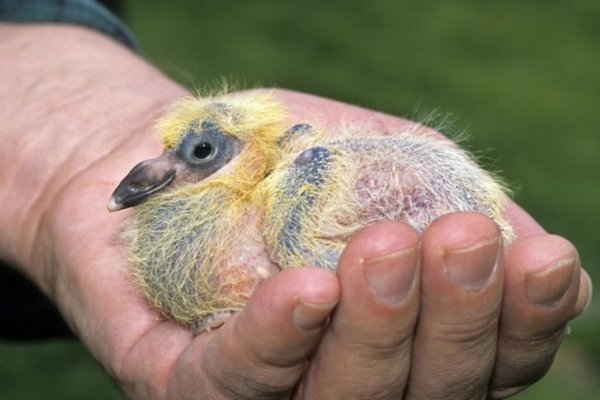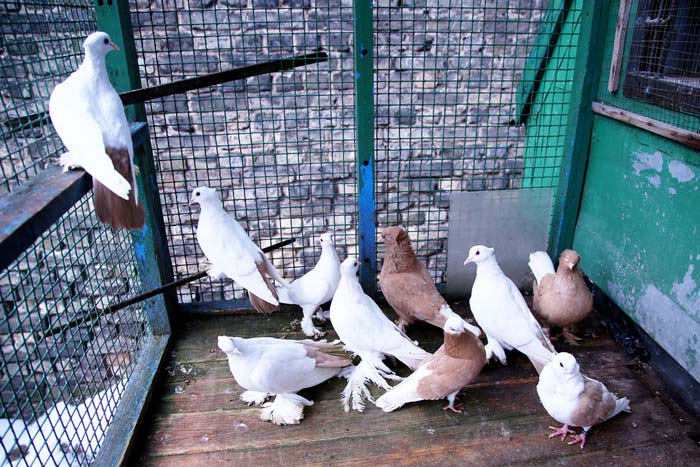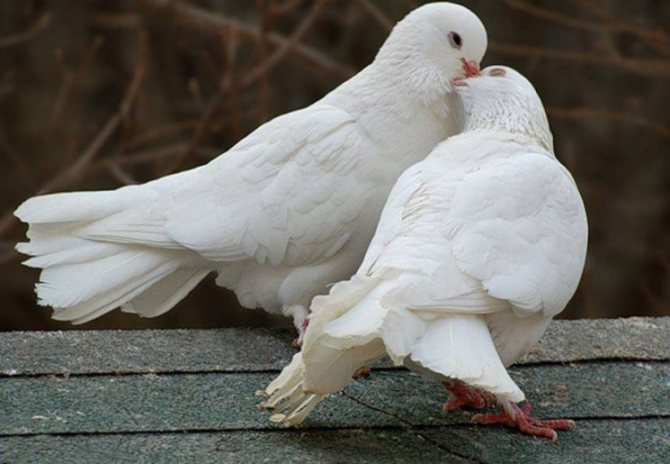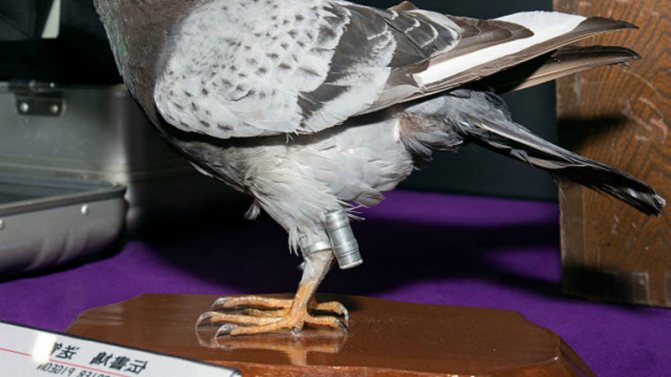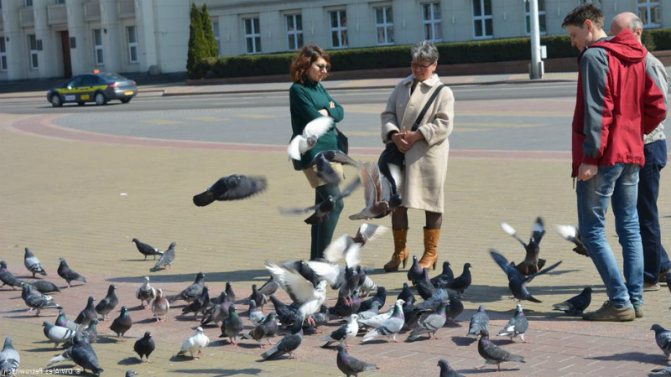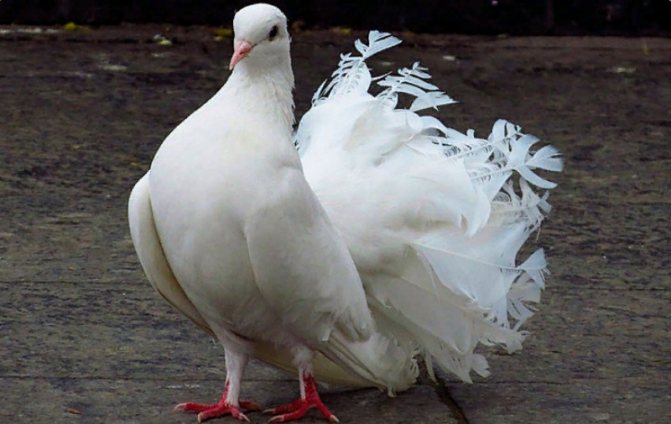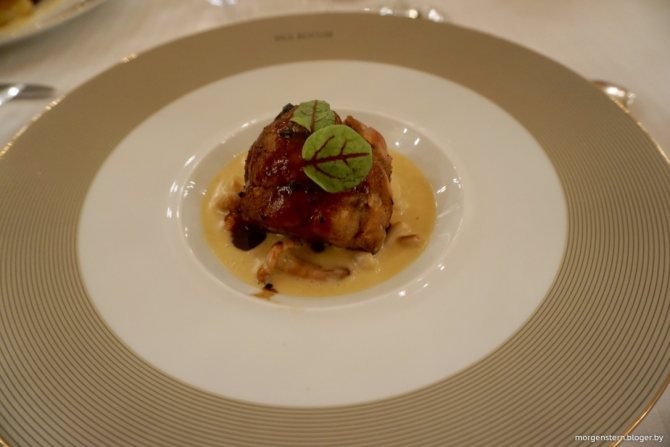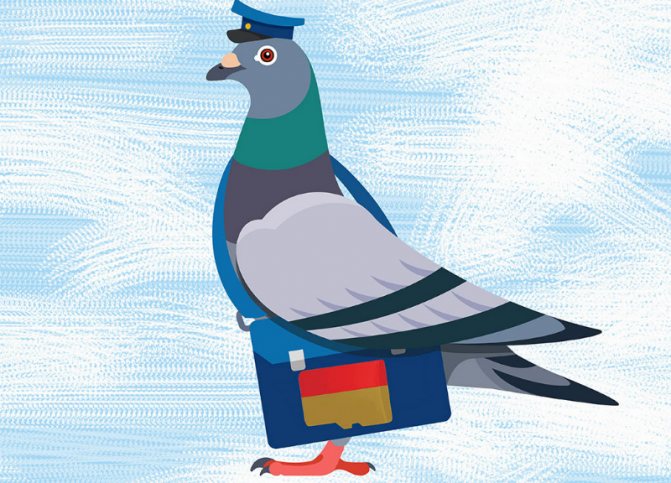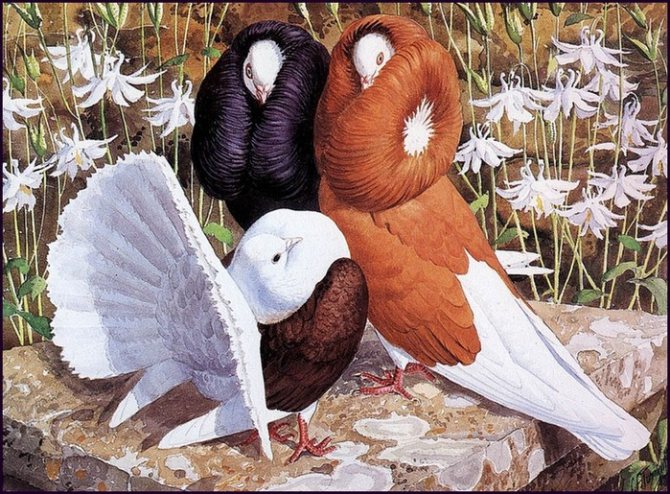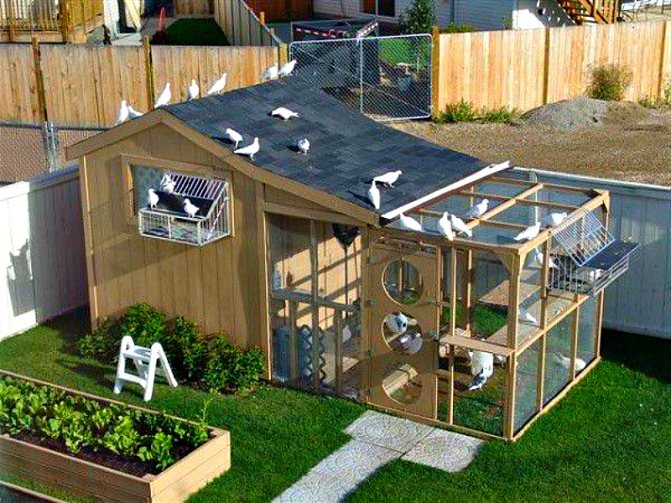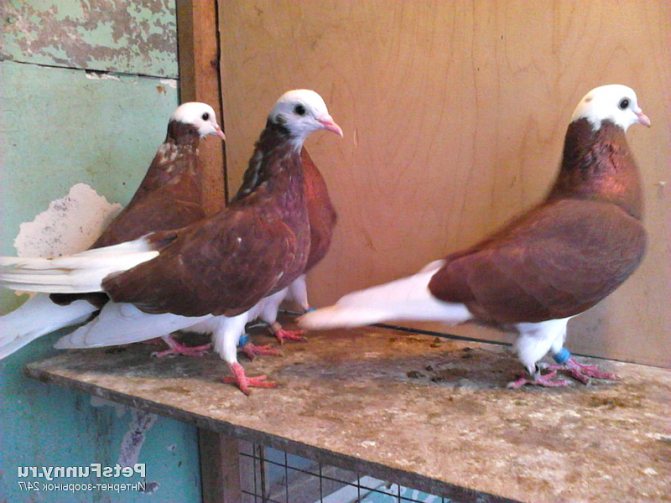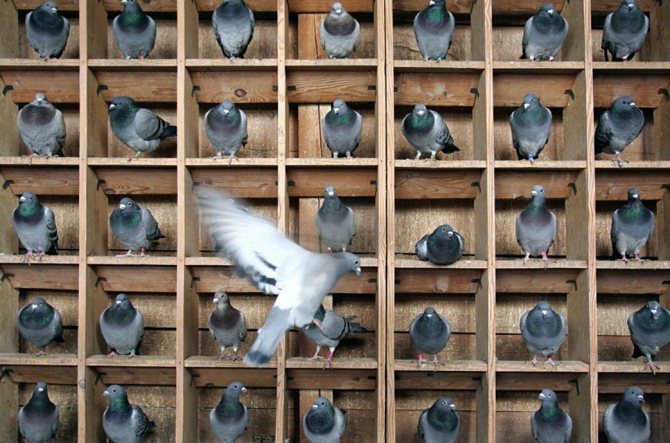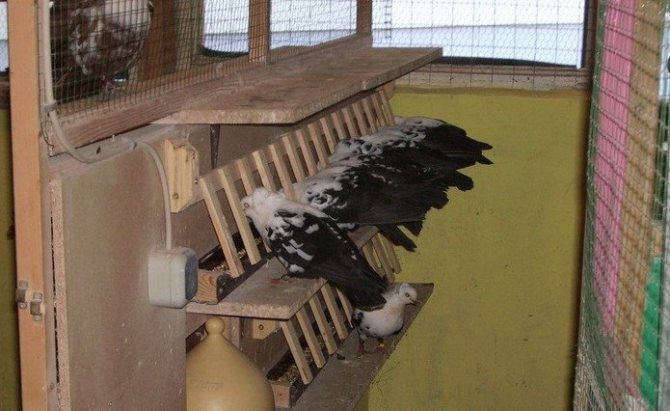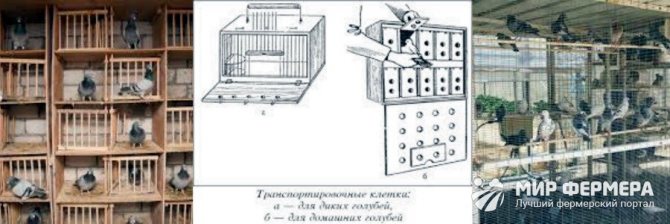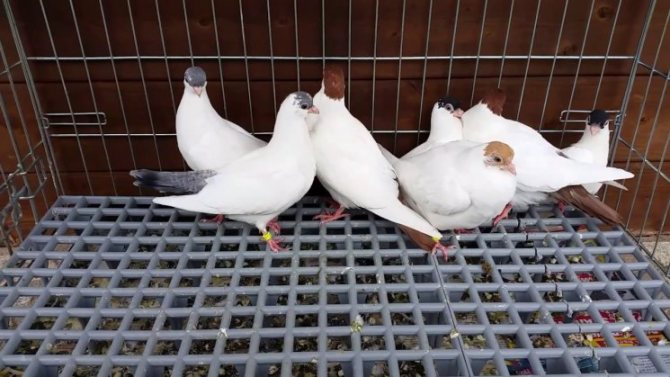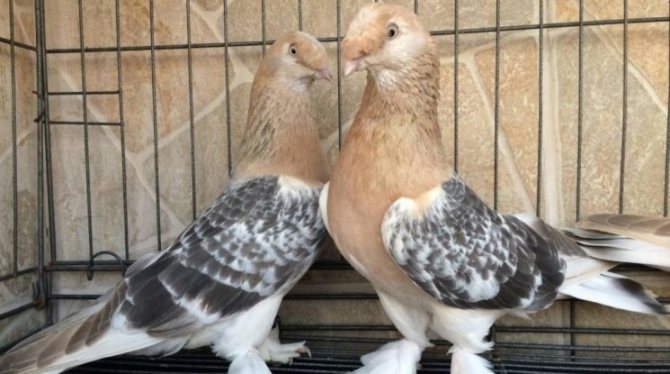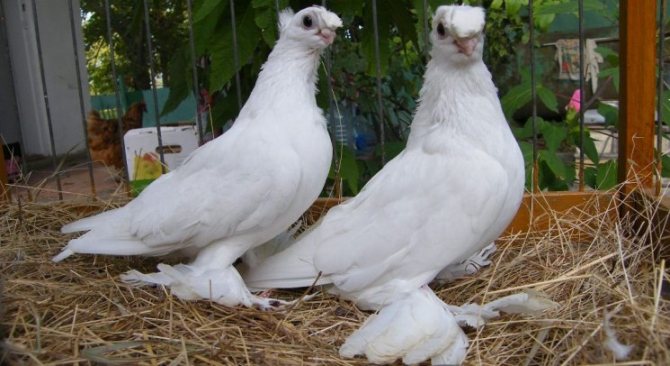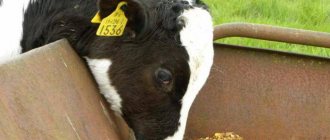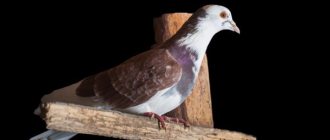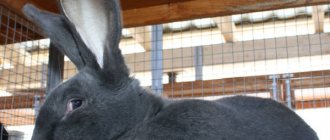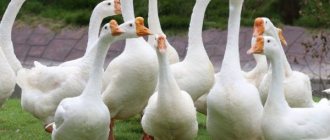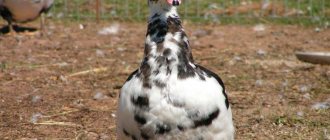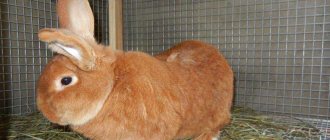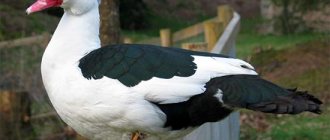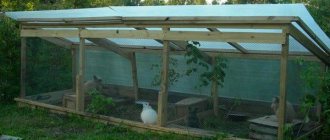Pigeons in Russia have been bred since ancient times. They are mentioned in ancient chronicles. Some 40-50 years ago, dovecotes towered not only over many rural houses. But they often met in city courtyards. And doves circled in flocks in the blue sky, delighting not only the pigeon boys.
Alas, today you can see a dovecote less and less often. At the same time, breeding pigeons is not only an exciting activity for the soul. But it can also be a good business.
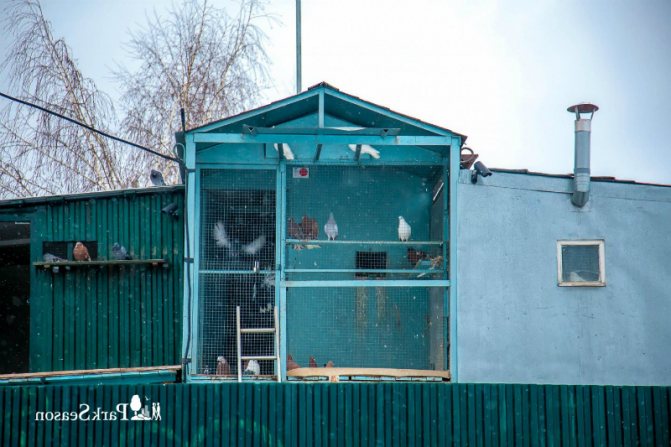
The best breeds for home breeding
Pigeons are divided into species and breeds, which differ from each other in appearance and purpose. Birds can be roughly divided into two broad categories:
- Wild - pigeons, accustomed to freedom and painfully tolerating living at home. They are capricious in matters of nutrition and care.
- Homemade. Breeding pigeons of this group is easy, so poultry farmers are happy to keep domestic pigeons.
Domesticated birds will be divided into subspecies depending on the purpose.
Meat
In many countries, the meat of domestic pigeons is in demand, it is considered a valuable nutritious product and a delicacy. There are special breeds of birds intended for obtaining meat products:
- Modena is English. Representatives of the breed reach a weight of 900 g, are distinguished by short feathers and a tail, therefore they fly poorly.
- Roman giant - weight reaches 1 kg, hardy and disease resistant.
- King. Like Roman pigeons, King pigeons weigh up to 1 kg and are in good health.
- Carnot - well-fed birds with dark plumage, not possessing the skills of a long flight.
- Strasser - the breed was bred in Austria, the weight of the male reaches 1 kg.
- Texan - the variety is popular in the USA. Live weight - 700-900 g, the bird is distinguished by good fertility.


King
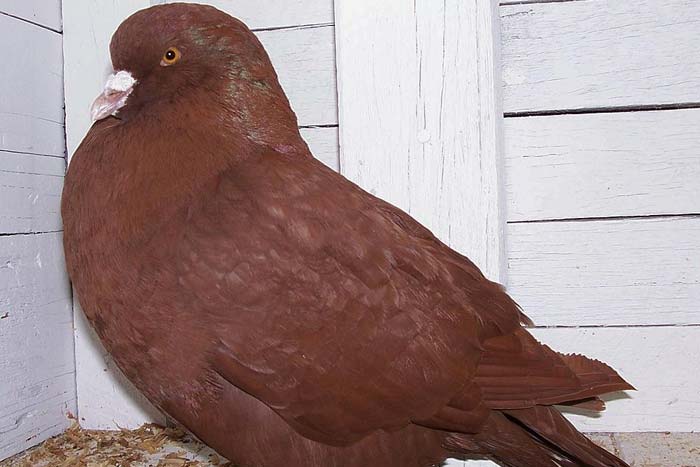

Carnot
Having engaged in breeding pigeon breeds for meat or for other purposes, it is important to follow the rules and feeding regime of the wards.
Sports
Sports breeds were previously called postal breeds, however, due to the fact that pigeon mail has lost its relevance, they were renamed sports. Representatives of these breeds participate in speed competitions.
Among the popular sports varieties are the following:
- English quarry. Representatives are characterized by a wide chest, an elongated beak and an upright stance. The eyes of pigeons are protected from the wind by skin folds.
- Russian postal Are graceful doves with a rounded beak and sweeping wings. The color ranges from light to dark.
- Belgian postman. The birds are distinguished by their maneuverability and high speed.
Representatives of sports breeds are acquired at the age of 1 month so that the wards get used to the owner and the new home. After 3-4 years of hard training, the birds are ready for competition.
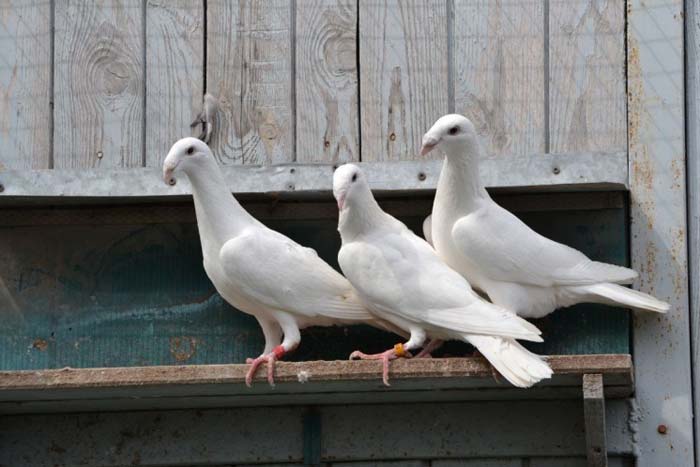

Russian postal
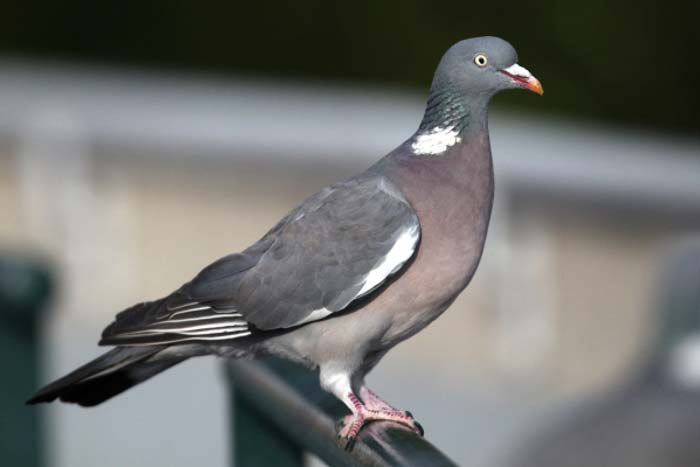

Belgian postal


English quarry
Flight
Representatives of flying breeds differ from sports breeds in that they have an individual flying style. These domestic pigeons are kept for beautiful flights, since birds not only fly, but also perform tricks in the air. Popular pedigrees:
- Thurman Berlin. Representatives are characterized by a short beak, small size and a mischievous disposition. The color is varied: light, dark, variegated.
- Cross monk. These pigeons fly at low altitudes, are famous for luring other people's birds.
- Nikolaevsky. Representatives of the breed fly at high altitude, have long, strong wings.
It should be noted that keeping domestic flight pigeons implies constant flights of birds - the wards must fly every day.
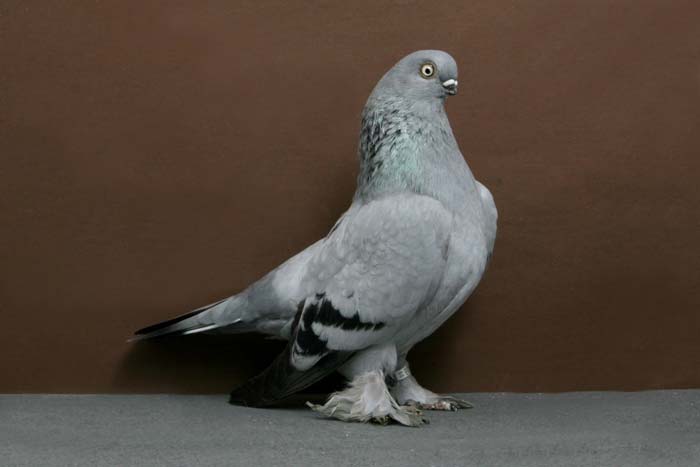

Thurman Berlin
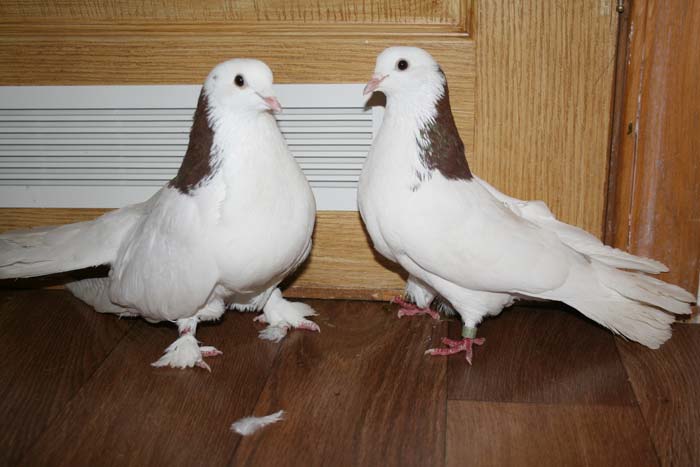

Nikolaev pigeon


Cross monk
Decorative
Decorative domestic pigeons are kept solely for aesthetics or for profit. Representatives of these pedigrees are distinguished by their attractive appearance: unusual plumage or colors. The following breeds are popular:
- Barb. The color of the representatives of the species can be different, but always monochromatic. Pigeons are characterized by leathery growths around the eyes.
- Curly pigeon - stands out against the background of fellow wavy feathers on the wings and body.
- Brno dutysh. The peculiarity of the representatives of the pedigree is a large goiter, which immediately catches the eye. The physique is tight, the tail is short.
- Peacock pigeon. The breed got its name from its lush, high tail, similar to a peacock.
- Saxon priest. There is a crest on the head of the birds, and the legs are decorated with plumage. There is a milky mark on the forehead.
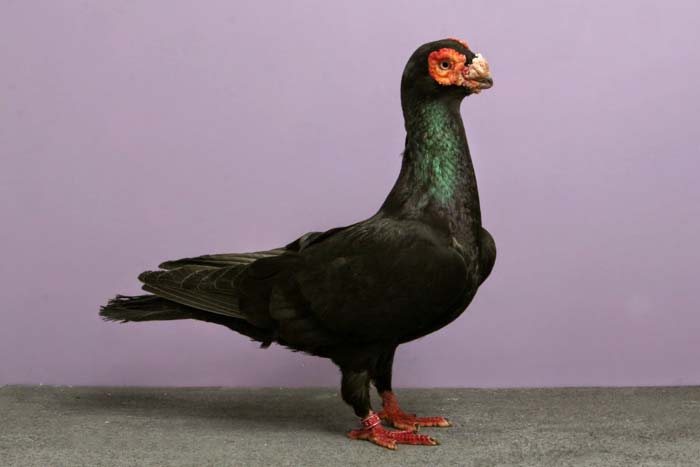

Barb
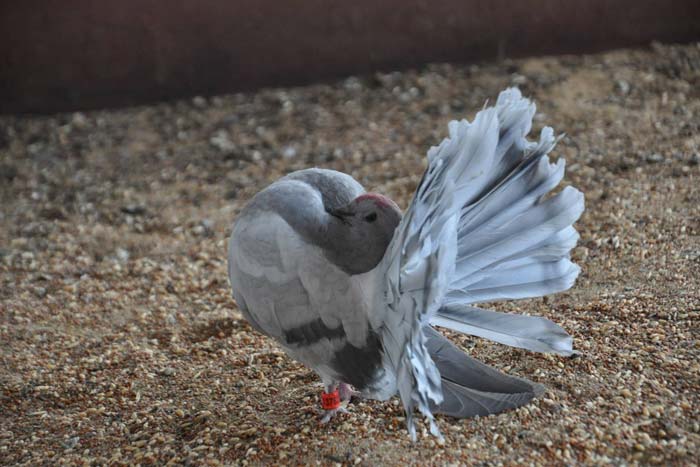

Peacock pigeon
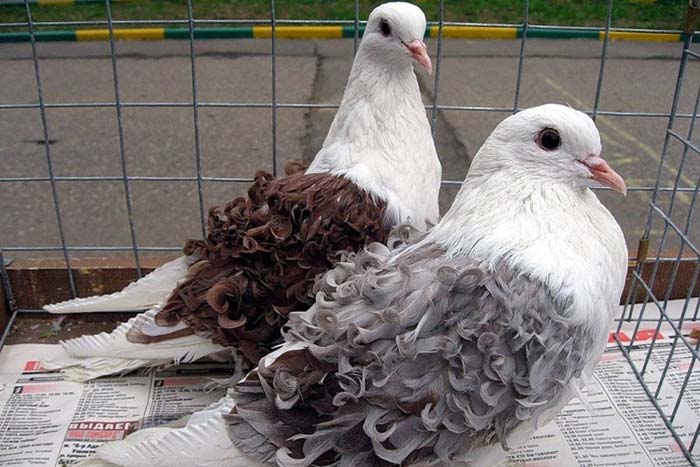

Curly pigeon
Feeding hatched pigeons
The first 10-12 days from birth, the female feeds the pigeons with milk secreted by special glands in the mother's goiter. By the second week, the dove leaves several grains in such milk so that they soak and become soft. So she gradually accustom the chicks to solid food. The duration of feeding with goitre milk has a positive effect on the health of the offspring.
If the parents die or abandon the pigeons, try placing them on another pair or rearing the chicks yourself. Instead of goitre milk, a warmed egg yolk is suitable. You will have to feed the babies 6 times a day. It is convenient to do this with a syringe and pipette. When the chick is full, its goiter will be puffy and hard.
From the age of 14 days, add chopped grains and vegetables to the diet. By the age of three months, young animals switch to the usual diet of the whole flock.
Breeding pigeons is a rather difficult task, but interesting and profitable. To achieve these goals, a bird breeder needs to organize and implement a series of care and breeding measures. And knowledge and experience will help you in this.
0
Selection rules
The purchase of domestic pigeons for further breeding is a responsible event, since the health of the birds in the future depends on the right choice. It is advisable to buy wards so that the number of females and males is the same, and in the future no one is left without a pair. It should be remembered that pigeons are respectful of the family - having chosen a soul mate, they remain faithful to it.
Experienced poultry farmers recommend not purchasing birds in winter, since at this time pigeons require special care that novice farmers cannot provide. Having decided on the breed, when buying domestic pigeons, it is important to pay attention to the following points:
- even breathing, the poultry breast should not protrude;
- shiny and clean plumage;
- unclouded shiny eyes.
Novice poultry farmers naively believe that you can buy birds anywhere, but you should make a purchase only from trusted breeders.
Content rules
Keeping pigeons implies the organization of favorable conditions: a dry and warm room, a balanced diet and care. The health of the pets depends on how seriously the owner approaches the cultivation of domestic pigeons.
Dovecote
For the normal development of the bird, the arrangement of a special room with an aviary is required, in which an arrival window must be arranged. In addition, the following rules must be followed for raising pigeons:
- The dovecote is located in a quiet place away from the roadway, trees and houses, otherwise the wards will experience stress.
- Inside the house, set up lighting and nests at a distance from each other to keep couples in privacy. The perches are constructed from smooth painted perches to prevent the proliferation of parasites. The nests are made of plywood or plaster, with straw or sawdust laid inside.
- The dovecote should be protected from strong winds, cold and moisture, but at the same time be ventilated. For the winter, the floor is insulated with straw or hay. The walls are plastered or whitewashed. In winter, the temperature inside should be 10 ℃, in summer - no higher than 20 ℃.
- In the dovecote, two entrances are built, the sizes of which depend on the pedigree.
- Bathing trays, feeders and drinkers are placed inside the pigeon house. For growing meat breeds, auto feeders are used, which can be built with your own hands.
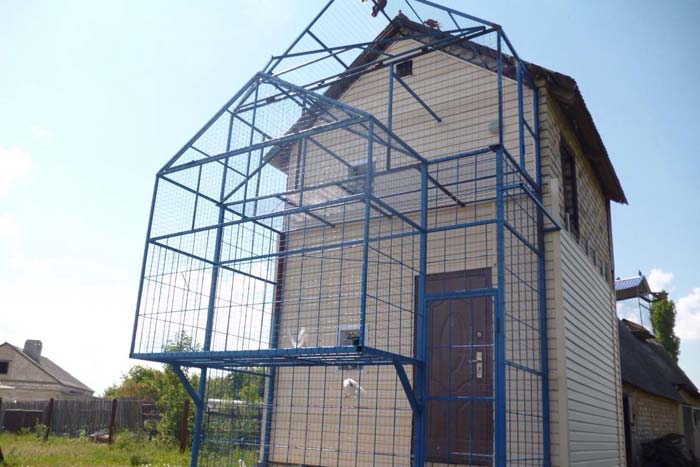

Feeding
The successful breeding of pigeons at home depends on the correct diet. Feeding the winged wards should be 2-3 times a day, at a certain time, in order to develop a habit in the birds. As for the size of portions, the average portion for an adult is 25-30 g, for representatives of meat breeds - 50-65 g.
The diet of domestic pigeons should include the following foods:
- wheat, barley, millet, corn;
- buckwheat, peas, lentils, sunflower seeds;
- carrots, green fodder, mixed fodder in granules.
This set of products contains vitamins and minerals necessary for the development of domestic pigeons, the deficiency of which can provoke illness or death of the bird.
For representatives of ornamental breeds, special food is recommended, since these birds are physically weaker than their relatives of other species.
In winter, the menus are enriched with foods that contain a large amount of fat:
- pumpkin seeds;
- sunflower seeds;
- peeled oats;
- rape.
As additives, domestic pigeons are fed apples, bread crumbs, potatoes, sorrel, nettles and other greens. When compiling a diet for winged pets, it should be borne in mind that bread crumbs and potatoes should not be constantly fed to the birds, as such feeding can cause bloating.... Forbidden to use:
- spoiled grain;
- meat products and waste;
- rye.
Features of the content in winter and summer
Taking care of domestic pigeons in summer is easier than in winter. In the warm season, it is necessary to control so that the temperature inside the house does not rise above 20 ℃, otherwise the birds will suffer from the heat and heat. In addition, bathing trays are equipped for domestic pigeons - containers with a side height of 4–8 cm. After water procedures, the water is refreshed, as the birds can drink dirty liquid.
In winter, it is more difficult to care for pigeons: you need to keep the indoor temperature at least 10 ℃. To do this, do the following:
- close up holes in the walls and floor of the house;
- if possible, install double-glazed windows that will keep the heat inside;
- the walls are insulated with foam or drywall.
Although it is difficult to clean the house regularly in winter, cleaning and disinfection must be carried out on a regular basis.
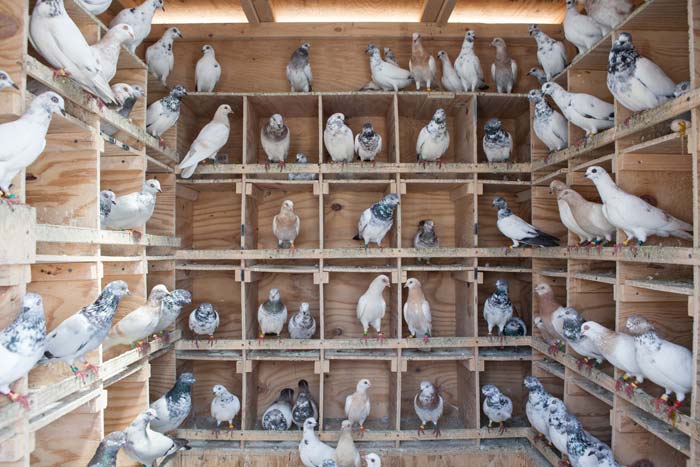

Sanitary standards
In order to keep pigeons without further problems, for novice poultry breeders, you need to obtain permission from the state for domestic breeding of birds. The cost of such a service will be about 20,000 rubles. In addition, a veterinarian's conclusion will be required - 200 rubles per bird. After the necessary documents are drawn up, beginners should familiarize themselves with the sanitary and hygienic standards for keeping domestic pigeons:
- Dovecote can be arranged in attics, in sheds, equipped premises, while it is desirable that in one group there are no more than 20-25 birds.
- For group keeping, the room should have the following dimensions: area 4 by 3 m, height - from 2 m. Wooden perches are equipped in each compartment.
- The dovecote is disinfected at least once every 30 days, the premises are cleaned 1-2 times a month. Feeders and drinkers are washed, and the contents are replaced daily.
Bird health
Domestic pigeons, especially if improperly kept or in contact with street birds, are susceptible to various diseases that can be dangerous to humans. Among the severe and serious ailments are:
- Ornithosis - an infectious disease that most often affects young chicks, causing high mortality of poultry.
- Campylobacteriosis - bacteria are considered the causative agent, therapy is carried out with the help of antibiotics.
- Listeriosis - the disease is of bacterial origin, there is no effective treatment.
- Pseudotuberculosis - a chronic illness accompanied by breathing problems. There is no specific treatment.
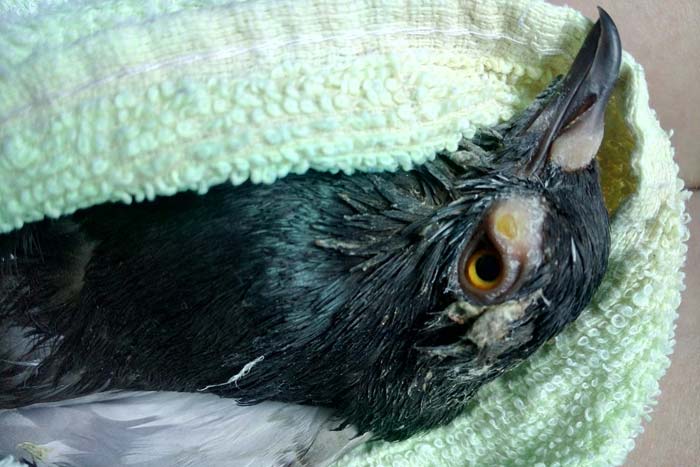

The following measures will help to avoid the development of many diseases:
- limiting contact with street pigeons;
- regular disinfection, pest control and deratization;
- balanced diet;
- vaccination;
- provision of vitamins and minerals.
Arrangement of living space in an apartment
Many experts point out that keeping pigeons in an apartment is an order of magnitude more difficult than in a special dovecote. Some poultry farmers place them in cages designed for large parrots.
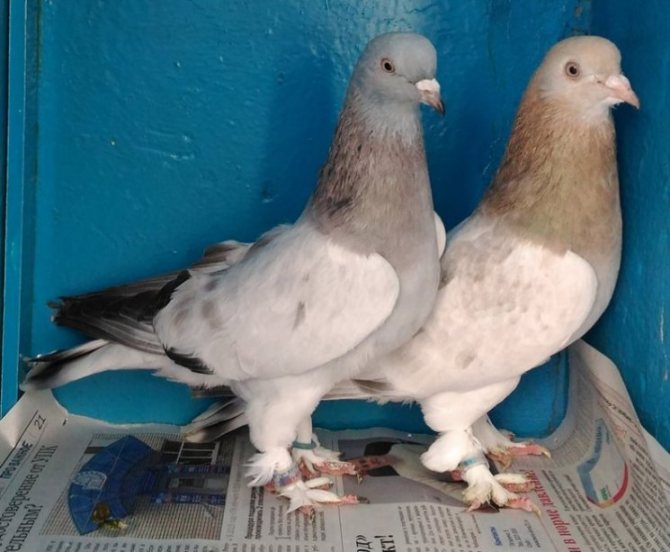

But, this is wrong, as pigeons need more free space. According to the standard, the cage should have a volume of 0.5-1 cubic meters. m, height over 70 cm, dimensions of the base not less than 50x70 cm. It houses a feeder, a drinking bowl, and a bath.
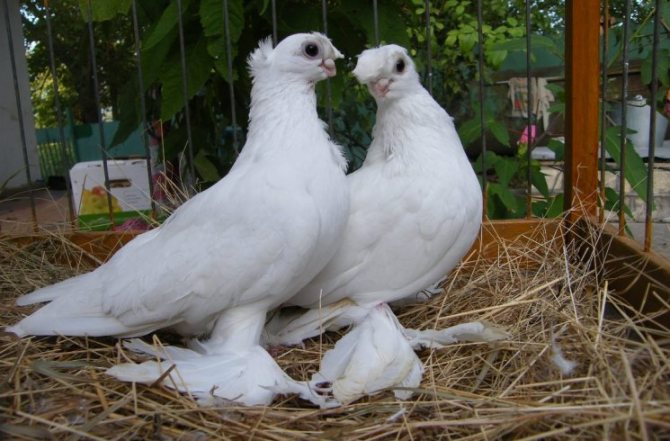

Pigeons love to swim in water and are very clean. Therefore, for bathing an adult, you will need to stock up on a container measuring 30x40 cm and a side height of about 10 cm. It is forbidden to bathe birds under running water and using detergents.
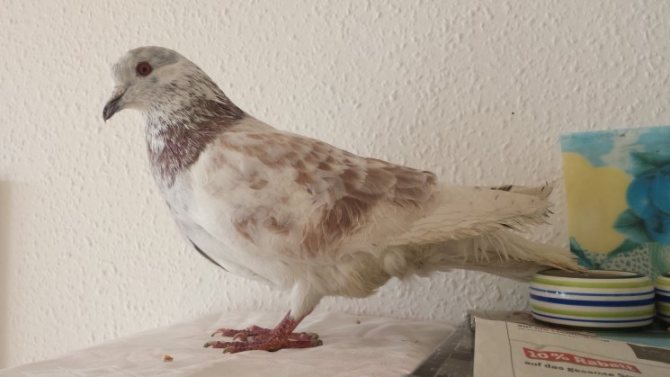

To keep the bird comfortable, it needs steam. There should be space in the cage for the nest. For small breeds, a 20x20 cm tray is enough, and for large ones 30x30 cm. The floor surface in the cage should be covered with paper, and not other materials.


How to breed pigeons
Breeding of domestic pigeons occurs in the spring (March - April), so a novice farmer should prepare in advance by studying in detail the features of growing chicks. Before breeding, it is imperative to install the nests, pick up a pair and provide comfortable conditions for the babies.
Pair selection
Matching a pair for domestic pigeons can be done in two ways:
- natural - the bird independently chooses a partner;
- forced - the pair is the owner.
At home, farmers practice the second method to maintain or enhance the selected qualities in pigeons: productivity, appearance, flight characteristics. Select a pair before the start of the nesting period, while paying attention to the following points:
- lack of external flaws in birds;
- both birds must belong to the same breed line, be healthy;
- the weight of domestic pigeons should be correct.
Preparing the nest
In the wild, males create nests, and females equip nests by trimming the edges. In order for the birds to create nests at home, you need to give the birds woolen threads, branches, feathers and down. The pigeons will take care of the construction themselves. It will take them 2-3 weeks to work.
To obtain offspring at home, boxes are installed in the dovecote, the number of which must exceed the number of pairs, so that the birds choose a place to their liking. When the nesting boxes are ready, the pair is placed inside and left overnight for the pigeons to identify.
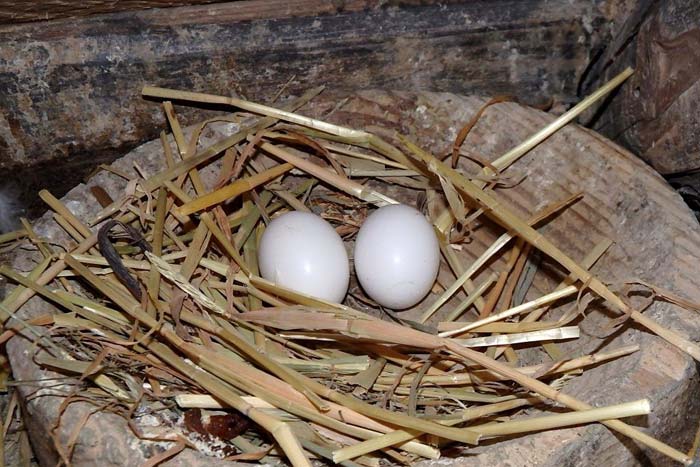

Incubation period
Females lay eggs 14 days after mating, young doves can lay only one egg for the first time. The incubation period is 20 days, but it can change depending on the temperature: the higher it is, the faster the offspring will appear. Parents incubate the clutch in turn.
The eggs are examined 4 days after laying. To do this, they look at everyone through the light - the embryo is visible in the fertilized one. Unfertilized specimens are removed.
Brood appearance
Chicks of domestic pigeons peck the shell for 16-19 days, after 12 hours a crack appears on the egg, then a hole. Chicks usually hatch in the morning. Immediately after this, the owner needs to clean the nest of debris, but be careful not to disturb the birds.
As soon as domestic pigeons are born, the chicks are examined for defects. In healthy individuals, the yolk sac must be retracted, otherwise the babies will die.
Within 24 hours of hatching, the chick must eat or it will die.
Caring for pigeons
Domestic pigeons are wonderful parents who take care of their offspring, so human intervention in this process is not required, with the exception of the following points of care:
- Clean nests and poultry house weekly using soapy water and disinfectants such as bleach.
- After the birth of the chicks, the shell is removed.
Parents feed the pigeons, but if one of the partners dies, then the feeding falls on the shoulders of the owner. You can leave orphaned chicks at home by feeding egg yolk through a syringe without a needle.


Is breeding possible in winter
Breeding domestic pigeons in winter is possible, but difficult. The birds tolerate the cold well; under favorable conditions, breeding will go smoothly.
What is required for breeding domestic pigeons in winter:
- Keep a close eye on the well-being and health of birds by looking for signs and symptoms of infections.
- The nests must be deepened inside to 40 cm.
- The entrance to the house is insulated, cracks and holes are closed. The temperature should not be less than 10–12 ℃, otherwise the chicks will die from the cold.
- Daylight hours are increased to 13-14 hours.
Otherwise, the breeding of pigeons in winter is the same as in summer.
Mating types
It is important for the breeder that the mating process takes place as soon as possible. The time of appearance of pigeons depends on this. There are two types of mating:
- Forced... In this case, the process of pair formation takes place under the strict control of the person. The breeder himself chooses the female and the male. Leaving them for a day in the same cage, he allows the birds to show sympathy for each other. If this happened and a pair was formed, then the pigeons in the flock behave differently. When they are released to the rest of the birds, they will spend most of their time together, showing signs of attention to their partner.
- Natural... This type of pigeon pair formation has a better chance of quick emergence of chicks. Mating often happens the first time. As in a free life in nature, the male chooses an object for himself to express sympathy, and begins active courtship. Inflating feathers and puffing out the goiter to appear larger, he makes circles around the dove, making characteristic sounds. If the female accepts courtship, she falls to the ground and bows to the pigeon. The couple begins to coo, treats each other with tenderness.
Keeping pigeons on the balcony
Keeping domestic pigeons on the balcony is not prohibited by law, it has both pros and cons. Birds on the balcony can cause trouble for neighbors, and in case of a complaint, the birds will be taken away or released. Therefore, it is better to get the approval of the people living in the neighborhood in advance.
In addition to the unflattering reviews of neighbors, you should think about glazing the balcony so that the poultry does not fly away, and about the air window so that the birds can fly away for walks.If the balcony is located on the sunny side, part of the room is darkened using tint or reflectors.
However, there are also advantages to keeping birds on the balcony at home: ease of feeding, lack of costs and time, quick construction of a poultry house.
As in a separate aviary, nests, perches and perches are placed on the balcony; in winter, the room is insulated.
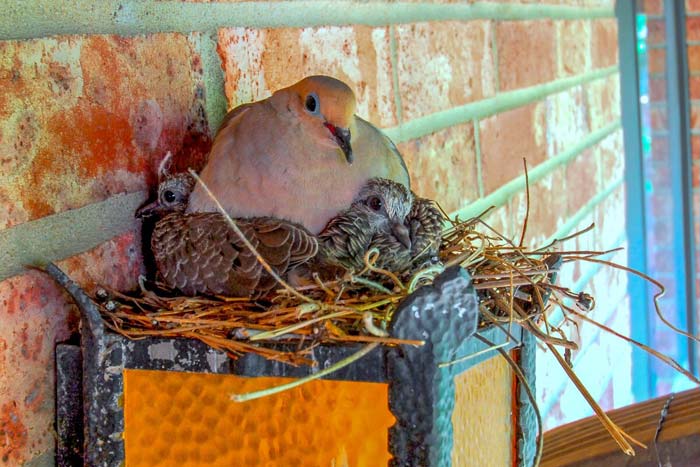

Nesting
After mating, the nesting period begins. In prepared boxes, the couple builds a nest using straw and litter twigs on the floor of the dovecote. The dove is engaged in direct construction, and the male only brings her building material. After formation, the female insulates the nest with her fluff. The period for preparing and arranging the box can be from 7 to 14 days.
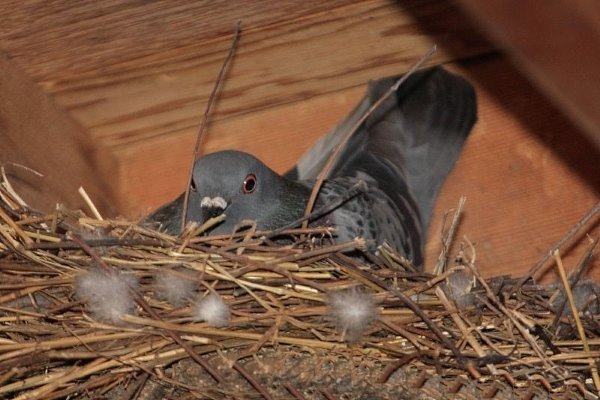

Pigeon breeders' tips
Experienced poultry farmers willingly share with beginners the secrets of successful breeding of domestic pigeons:
- You need to take care of the regular treatment of the dovecote from rats and mice, take additional measures to prevent ferrets or cats from entering the house.
- Whenever possible, the grain used for feeding is washed as it contains a lot of dirt. The use of washed grain will reduce the likelihood of developing diseases in poultry.
- You can disinfect grain using microwave ovens.
- In winter, the temperature in the dovecote should not be greatly increased, otherwise poultry will lose their temper to the cold.
- Do not put lick salt in the house. If it softens, the pigeons will begin to peck at the pieces, which will provoke poisoning.
- Cleanliness in the house is the key to the health of domestic birds, so you need to regularly clean the house. Dust from droppings contributes to the infection of birds with various diseases.
Breeding pigeons at home is a responsible event that requires the owner's attentive attitude to the feathered wards. In addition to a balanced diet and a favorable environment, it is important to keep the pigeon house clean and inspect the birds regularly.
Checking eggs and hatched chicks
The first 5-7 days after planting the dove on the clutch, it is better not to disturb it.
For about 8-10 days, slowly, so as not to disturb the pigeons, check the eggs for the presence of an embryo in them. This can be done with an ovoscope, or simply hold the egg under very bright light. When the egg is fertilized, you will see a dark spot with a network of diverging blood vessels. This is the embryo. If the egg is transparent without spots inside, it is removed and replaced with a dummy.
Chicks are born weak, without feathers and blind. The couple warms them up and feeds them for the first time in a couple of hours. If the first feeding is delayed for more than a day, the pigeons will die.
The breeder should check whether the offspring are healthy. This is determined by the condition of the yolk sac. If it is not fully retracted, the chick dies.
